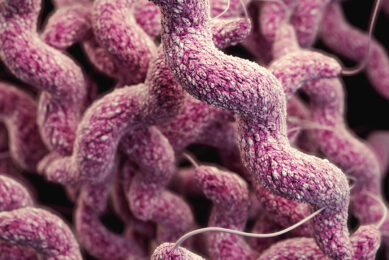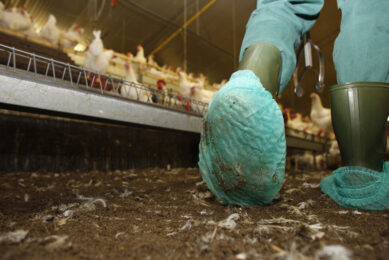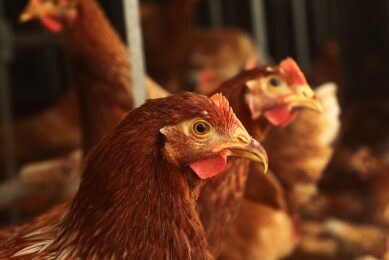Common fly blamed for Campylobacter spread
The common fly may play a key role in New Zealand’s high rates of campylobacter, according to the general manager of a medical laboratory.
With 15,00 reported cases each year, New Zealand has the highest rates of campylobacter in the OECD. The actual total number of cases, including unreported infections, is thought to be much higher.
In an article in the Medical Journal, the general manager of Southern Community Laboratories in Christchurch, Ben Harris, says poultry is associated with some 40 percent of cases.
He says flies could be involved in other cases, transferring the bacteria to surfaces people touch.
Common flies, which are active when the temperatures rises, may transfer bacteria from animal droppings to many surfaces.
Mr Harris says people must wash their hands before handling food or eating, including before eating takeaways.













